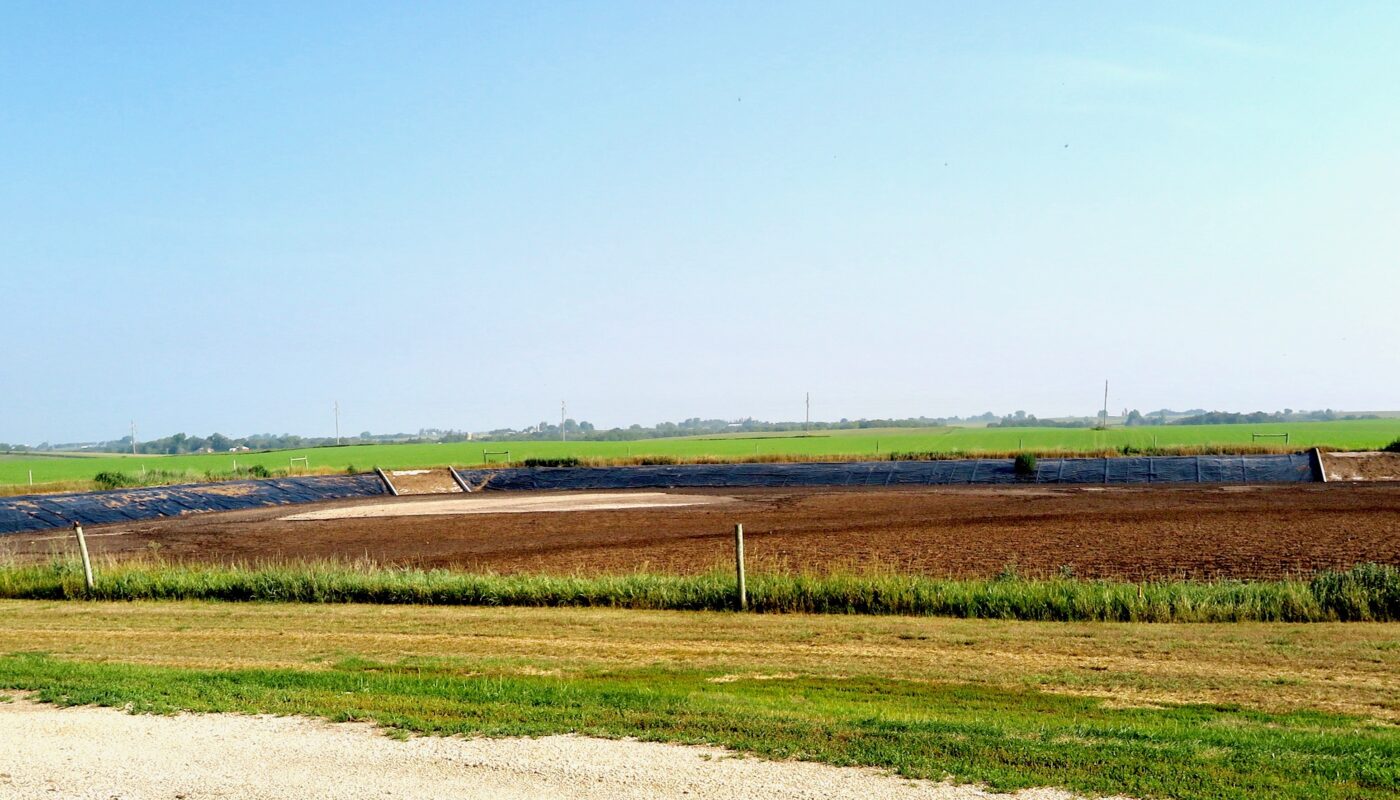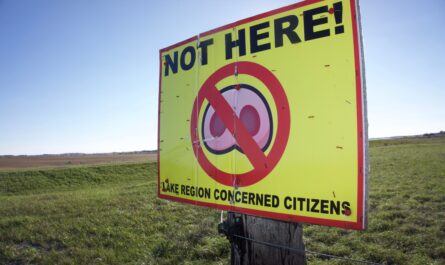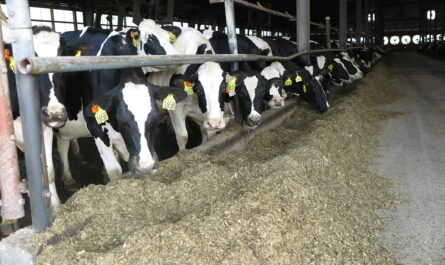
causing nitrate contamination in surface and groundwater. (Photo/Keith Schneider)
America’s immense, productive, polluting, and disease-generating farm sector is a big target for reform and improvement. It has been every year since Earl Butz, the Secretary of Agriculture during the Nixon administration counseled farmers to “plant fence row to fence row,” and “get big or get out.” Congress complied with changes in farm policy that encouraged payment of subsidies for field crops that eventually were uncapped, promoted ethanol from corn as a substitute for gasoline, and offered crop insurance to cover any losses at subsidized prices.
Simultaneously Congress immunized agriculture from environmental oversight of its waste streams, particularly farm nutrients draining into streams and groundwater. Later, starting under President Reagan, administrations decided not to enforce antitrust law, which enabled a select number of big companies to become monopolies controlling production and pricing in every wing of the food production sector – equipment, seed, chemical, commodities, livestock, poultry, milk, groceries. Both changes enabled animals to be fed indoors in mammoth enclosures, which produce at least 1.4 billion tons of bacteria laden, drug infused, and toxic manure to spread on too few acres of farm fields.
The alliance between Big Ag and Big Government has allowed, even encouraged the U.S. farm sector to be the worst water polluter and one of the worst air polluters in U.S. history. Mammoth crop farms encompassing thousands of acres, and livestock operations that feed 10,000 animals indoors, now are the worst water polluters in the nation’s history, one of the largest sources of climate change gases, and the suspected cause of what increasingly looks like a public health emergency that’s emerged in the center of the country.
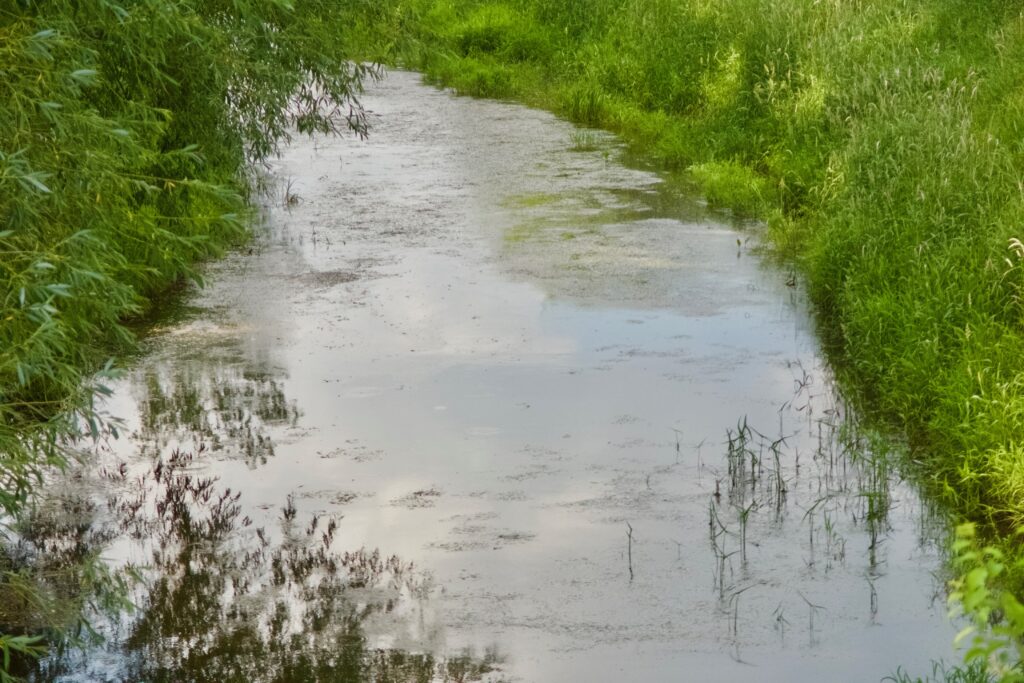
I’m heading to Louisiana next week to report on the oxygen-depleted dead zone at the mouth of the Mississippi River, another dimension of this national scandal. It’s a piece about the annual development of a massively polluted portion of the Gulf of Mexico and promotion of a collection of planting, harvesting, and soil conservation techniques practices that the farm sector says will solve it called “best management practices.” These are voluntary steps, like planting strips of vegetation along streams or planting seeds in unplowed fields, that agriculture authorities and agricultural universities insist will stem the flow of farm chemicals and nutrients into streams and rivers and groundwater. But they’ve also led to a Gulf killing zone affecting harvests of shellfish and game fish in Louisiana.
What I’ve found and confirmed during two years of investigation in the Great Lakes states and Corn Belt states is that “BMPs” are essentially useless in preventing nutrient pollution. They were initially developed to curb soil erosion, and they do a decent job accomplishing that. But as an impediment to nitrates and phosphorus draining into the waters at the center of the country, the evidence that BMPs achieve that goal does not really exist. In fact in Minnesota, Iowa, Illinois, Nebraska, Ohio, Michigan, and every other state that measures pollutants in their waters, the levels of nitrates and phosphorus are increasing. Meanwhile the federal and state treasuries are paying farmers and contractors huge taxpayer sums to put ineffective BMPs into existence.
My friend Chris Jones, a Ph.D chemist, former University of Iowa researcher and author of The Swine Republic, calls these practices “a money laundering operation that shovels dough into the pockets of farmers, earth movers and technical service providers with little or no benefit to the public, and revoltingly, under the guise of better water.”
The U.S. has a decent record of preventing water pollution with focused government programs and statutes. The Clean Water Act cleared polluting discharges from factories and wastewater treatment plants. The Superfund Law cleaned up abandoned toxic waste dumps. The Resource Conservation and Recovery Act improved management and disposal of hazardous wastes. The Surface Mining Control and Reclamation Act reduced acid mine drainage from strip mining.
Not so with best management practices in agriculture. BMPs rank as the most demoralizing, ineffective, expensive waste of public dollars in the history of American pollution prevention programs.
I have a friend in Virginia, a really bright infrastructure expert with a distinguished career in managing huge projects for highways, rail systems, and ports. When I told him about the scourge of BMPs he asked me why they failed.
I responded that BMPs are voluntary. Carefully managed field trials by university researchers show ample crops can be grown with much less fertilizer. And field trails also show that when carefully managed over decades BMPs can limit some nutrient drainage. But in real-world applications BMPS are useless.
The basic rubs are these:
1. More commercial fertilizer is being sold and used in the Corn Belt, and more livestock and poultry are producing more manure.
2. Most cropland in the Great Lakes region and Corn Belt is tiled. This is the region of heaviest commercial fertilizer use and manure application. Whatever is applied to the surface drains away into subsurface drainage piping networks that discharge into into ditches, streams, rivers, and groundwater.
3. Farmers over fertilize as a hedge, a kind of insurance, in case of rain and such. But adding more nitrogen to the crop — say moving from 100 pound per acre to 200 pounds — doesn’t increase yields at all. That 100 pounds of excess drains into the tiles and races off the fields.
4. CAFOS spread too much manure on too few acres. Cropland serves as de facto hazardous waste disposal dumps that are largely unregulated by states. I call it “lightly” regulated to be extra special careful when state authorities counter that assertion. Suffice to say regulations are useless. In Michigan manure can be spread legally, in winter, on ground that contains up to 150 parts per million phosphorus. That’s 15 times as much P as crops need. MSU says more than half the crop land in this state is so saturated it doesn’t need another ounce of P.
4. Farm policy is schizophrenic on BMPs. In some years Congress and states encourage no-till, cover crops, buffer strips and the like. But other years Congress and states aren’t interested and through differing policy, like the Inflation Reduction Act’s climate provisions, which are encouraging agriculture to move to the center of energy production — especially more ethanol from corn — farmers just plow under those conservation acres and plant.
5. Most farmers, like 80 percent or more, don’t apply BMPs at all. The initial Farm Bills 1933-1970 qualified farmers for crop subsidies so long as they also applied conservation measures. Earl Butz began weakening that directive in 1971. It’s essentially gone now.
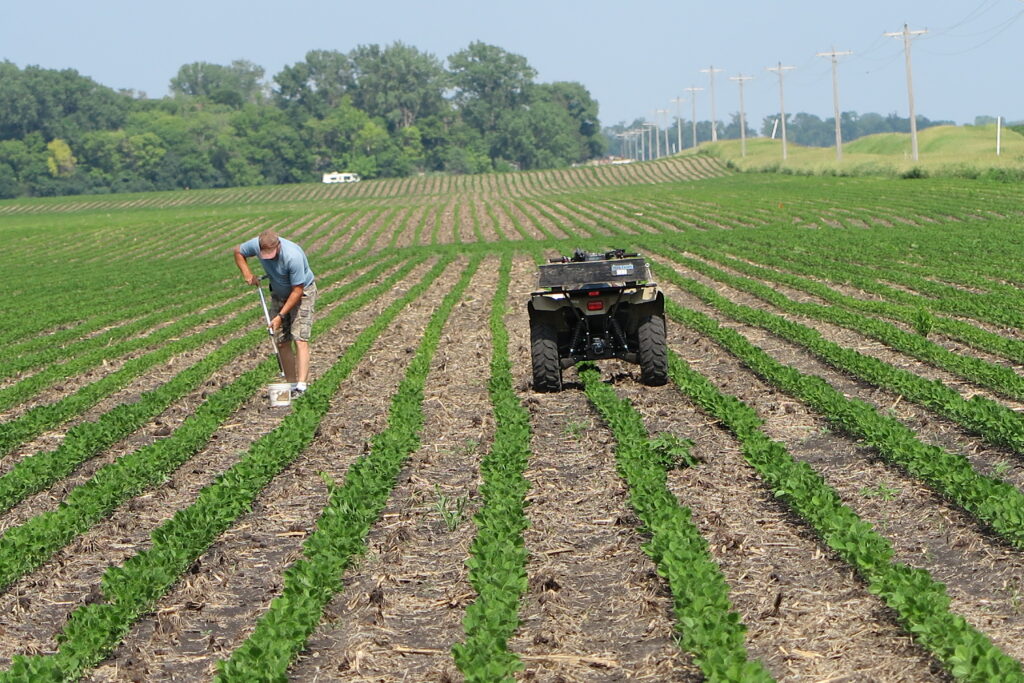
The idea that agriculture and food production is a major polluter and public health threat is not new. It’s been the subject of books and investigative projects for decades. What I’ve tried to unwind here over the last three years is a fresh way to report on a national scandal.
In review, three big policy actions produced it. First was immunizing agriculture from environmental regulation. Second was not enforcing antitrust provisions that enabled big companies to grow into monopolies to limit competition, control prices, and spend a comparative pittance to influence every level of government and actors in both parties. Third was action by both parties to finance, with $hundreds of billions of dollars over the last 40 years, the massive industrial concentration in the sector, the ruin of hundreds of towns, the dispersal of millions of Americans from the countryside, the hazards of pollution, and disease and deaths across a dozen states.
My conclusion: U.S. agriculture is now a rogue industrial enterprise lavishly financed with public dollars and operating without constraint within the laws it contorted for its own benefit. So that’s my story and I’m sticking to it.
